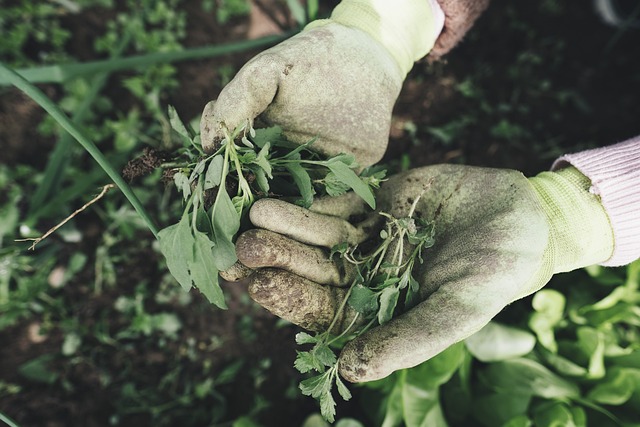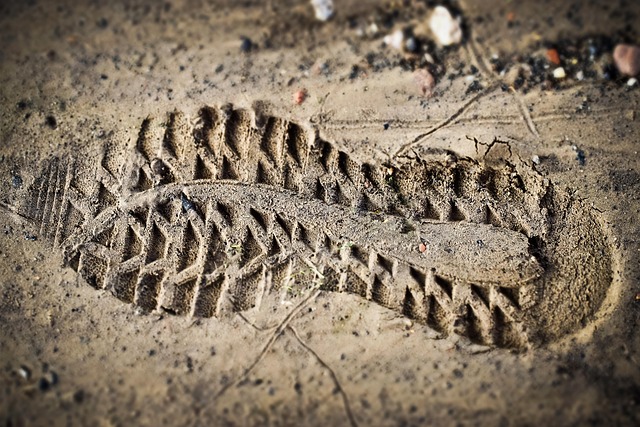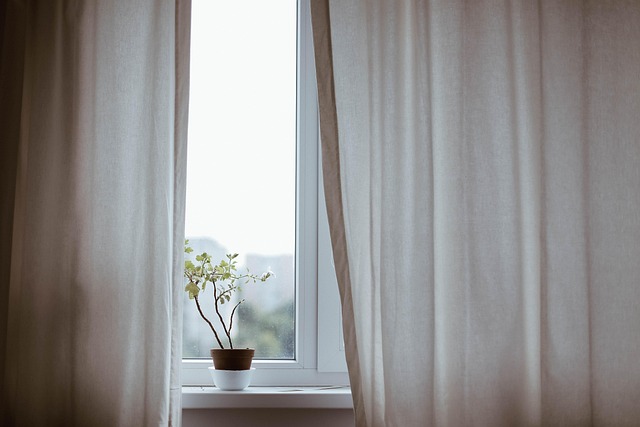10 Eco-Friendly Flower Garden Tips for a Green Oasis
Creating a beautiful flower garden can be a rewarding experience, but it doesn’t have to come at the expense of our planet. By incorporating eco-friendly practices, you can cultivate a stunning oasis that not only delights the eye but also nurtures the environment. Here are ten tips for embracing green garden works while creating your floral paradise.
1. Choose Native Plants
Native plants are perfectly adapted to your local environment and require less water and maintenance. By selecting flowers that thrive naturally in your region, you’ll promote healthy ecosystems and support local wildlife, including pollinators essential for a vibrant garden.
2. Compost for Healthy Soil
Transform kitchen scraps and yard waste into nutrient-rich compost. This organic matter enriches the soil, helping your flowers flourish while reducing landfill waste. Composting is a simple yet effective way to practice sustainable gardening and maintain a thriving green space.
3. Water Wisely
Implementing a drip irrigation system or using a soaker hose can significantly reduce water waste. Consider watering your garden early in the morning or late in the evening to minimize evaporation. Remember to collect rainwater as well; it’s a natural, free resource that helps sustain your plants.
4. Ditch the Chemicals
Say goodbye to harsh chemicals, which can harm beneficial insects and the surrounding ecosystem. Opt for organic fertilizers and natural pest control methods. Companion planting, for example, can deter pests and promote healthier flowers without relying on synthetic solutions.
5. Create a Pollinator-Friendly Habitat
Attract bees, butterflies, and other pollinators by planting a variety of flowers that bloom at different times throughout the season. Incorporate nectar-rich blossoms and provide shelter with native shrubs or small trees, ensuring your garden becomes a sanctuary for these vital creatures.
6. Practice Mulching
Mulch not only helps retain soil moisture and suppress weeds, but it also adds organic matter to the soil as it breaks down. Use biodegradable materials like straw, wood chips, or shredded leaves for a win-win solution that promotes plant health and enhances soil structure.
7. Go Organic with Seeds
When purchasing seeds or plants, choose certified organic options. This ensures you’re supporting sustainable agriculture practices and avoiding genetically modified organisms (GMOs), which can have detrimental effects on the environment and biodiversity.
8. Implement Vertical Gardening Solutions
If space is limited, consider vertical gardening. Utilizing wall-mounted planters, trellises, or hanging pots can maximize your gardening area while reducing the need for excessive land usage. This innovative approach charm and empowers anyone to create a floral haven, no matter the size!
9. Incorporate Edible Flowers
Why not blend beauty with functionality? Many flowers are edible and can enhance your dishes with color and flavor. Discover varieties such as nasturtiums and pansies that not only beautify your garden but also add a unique twist to your culinary creations.
10. Foster a Diverse Ecosystem
Encouraging biodiversity is key to a thriving garden. Plant a mix of flowers, vegetables, and herbs to attract various beneficial insects and wildlife. The more diverse your garden, the healthier and more resilient it will become, leading to a sustainable and eco-conscious floral retreat.
By adopting these eco-friendly flower garden tips, you’ll create a beautiful, sustainable oasis that reflects your commitment to the environment. Your efforts in practicing green garden works not only enhance your personal space but also contribute positively to the planet as a whole. Embrace the journey of cultivating your garden while nurturing the earth!




